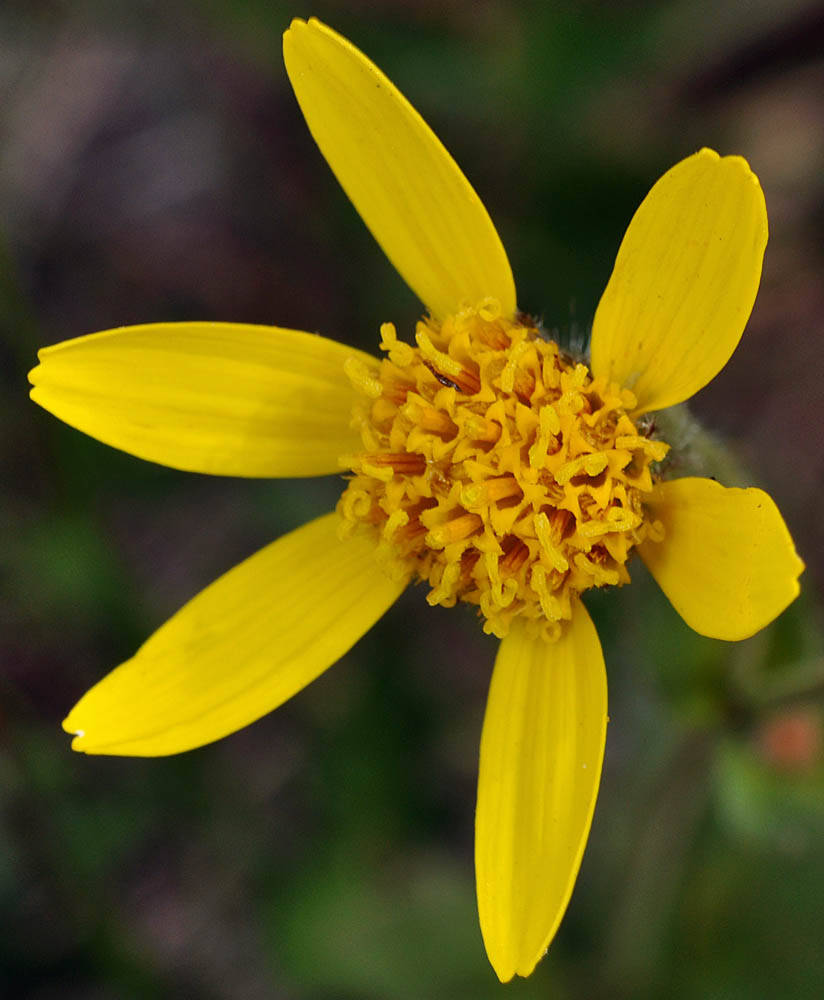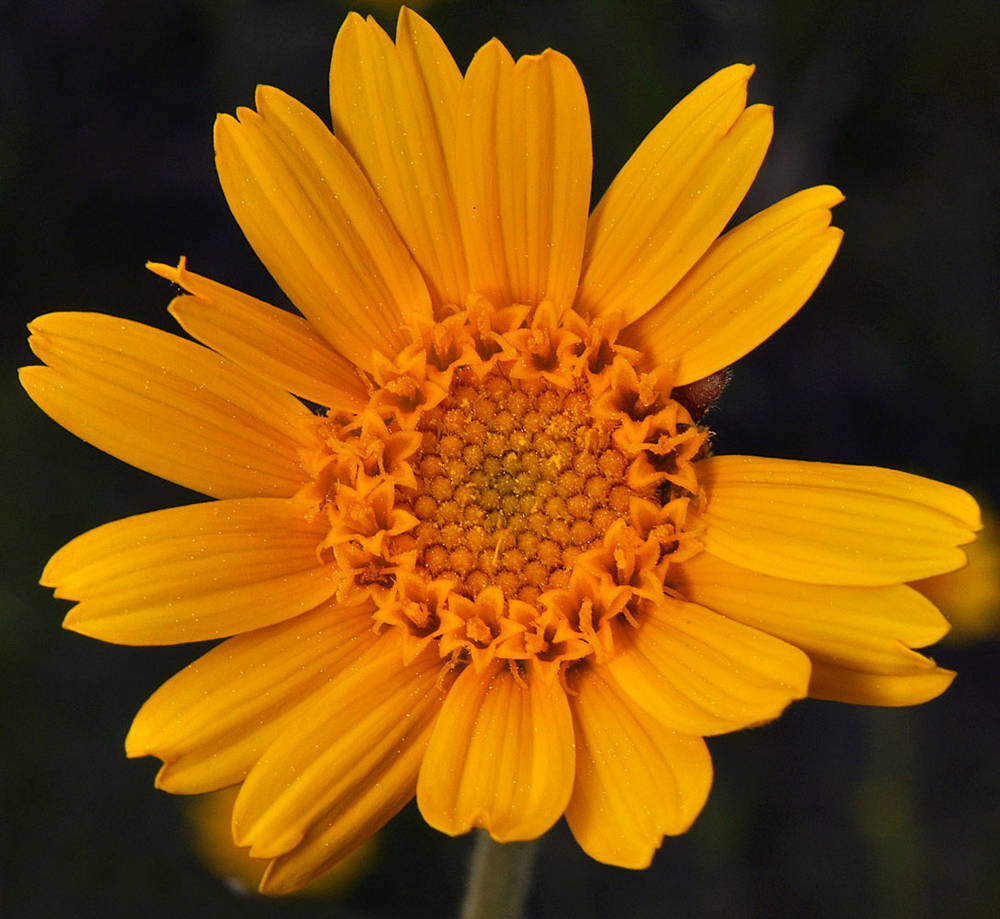Arnica diversifolia
(synonym of Arnica ovata)
Arnica fulgens
sticky arnica
hillside arnica, orange arnica
single or branched, usually glandular-puberulent, sometimes glabrate proximally or sparsely scabrous-pilose.
simple, densely glandular-puberulent, setulose distally.
usually much reduced, withering early; round-ovate;
petioles broadly winged.
well developed;
petioles winged.
2–3(4) pairs;
distal 1–2 pairs reduced and bract-like;
blades ovate to lanceolate, 2–8 cm, bases truncate or attenuate;
margins denticulate or serrate-dentate, rarely entire;
veins branching laterally;
tips acute or obtuse;
surfaces glabrous to glandular-puberulent, often gland-dotted; short-petiolate or sessile.
1–3 pairs; much reduced distally;
blades oblanceolate or lance-elliptic to linear, 2.5–8 cm;
proximal bases woolly-tufted;
margins entire;
veins parallel from bases;
tips acute;
surfaces minutely stipitate-glandular, often gland-dotted, sessile.
glandular-puberulent.
densely glandular-puberulent.
turbinate, 10–15 mm.
hemispheric, 10–16 mm.
8–15;
rays 10–20 mm, yellow.
8–16;
rays 12–30 mm, orange-yellow.
15–40;
corollas 7–10 mm, yellow.
15–60;
corollas 7–10 mm, yellow, with glandular and non-glandular trichomes.
lanceolate to elliptic or linear;
tips acute;
surfaces pilose and stipitate-glandular.
elliptic-oblong to broadly lanceolate;
tips acute or obtuse;
surfaces densely stipitate-glandular, setulose.
columnar-fusiform, 5–6.5 mm, brown or blackish, hispidulous;
pappus bristles 7–10 mm; brownish, subplumose.
columnar-fusiform, 4–7 mm, gray or blackish, densely hirsute;
pappus bristles 5–7 mm, white or straw-colored, barbellate.
radiate.
radiate.
=57, 76.
=38, 57.
Arnica diversifolia
Arnica fulgens
Open pine forests, grasslands, bogs, subalpine talus, cliffs, ridges. Flowering Jul–Sep. 1700–3000 m. BW, Casc. CA, ID, WA; north to AK, northeast to MT, southeast to UT. Native.
Moist meadows, open woodlands. Flowering Jun–Aug. 1600–2800 m. BR, BW, Casc, ECas. CA, NV, ID, WA; north to British Columbia, northeast to Manitoba, east to SD, southeast to NM. Native.
The disc corolla pubescence traits differing between Arnica fulgens and A. sororia may be difficult to see except under high magnification.
Kenton Chambers
Kenton Chambers
- Local floras:
BC,
CA,
OR,
WA
- Local Web sites:
CalFlora,
CalPhotos,
Flora NW,
PNW Herbaria
WildflowerSearch
iNaturalist (observations)
USDA Plants Database
- LBJ Wildflower Center
- SEINet
- Plants of the World Online
- Encyclopedia of Life
- Wikipedia
- Google Image Search
- Local floras:
BC,
CA,
OR,
WA
- Local Web sites:
CalFlora,
CalPhotos,
Flora NW,
PNW Herbaria
WildflowerSearch
iNaturalist (observations)
USDA Plants Database
- LBJ Wildflower Center
- SEINet
- Plants of the World Online
- Encyclopedia of Life
- Wikipedia
- Google Image Search





